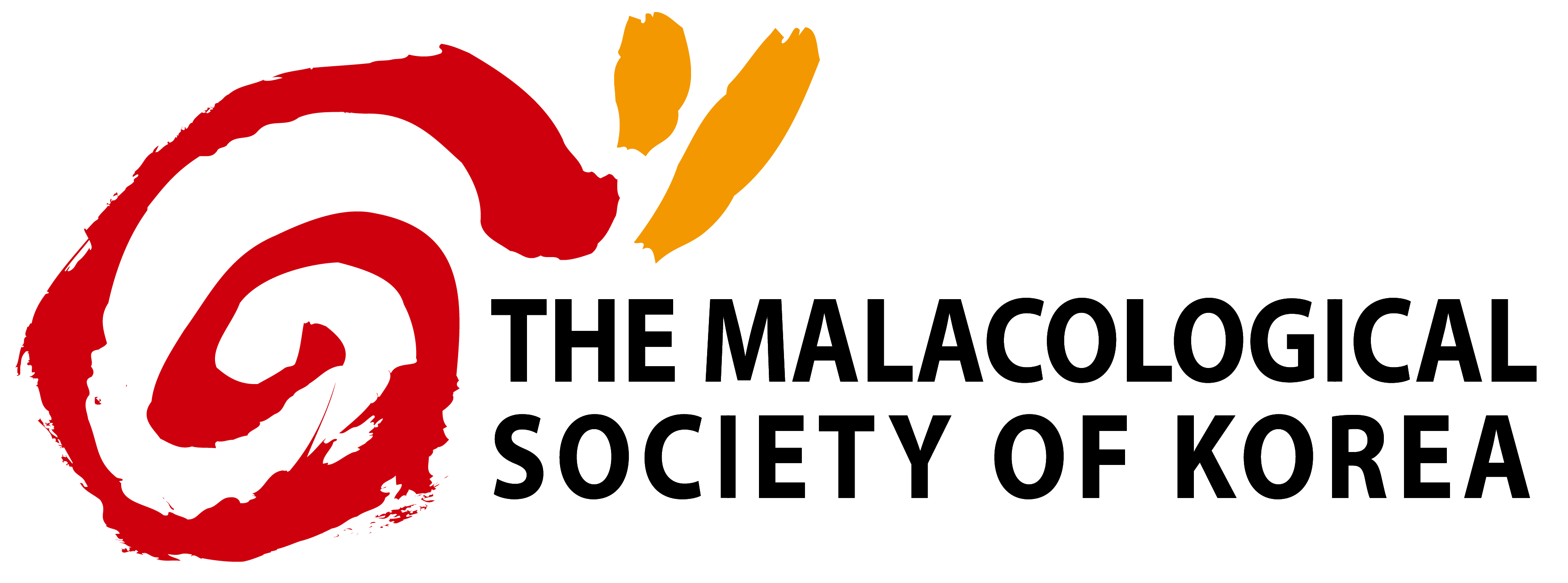open access
메뉴
open access
메뉴 ISSN : 1225-3480
ISSN : 1225-3480
폐쇄 사육 시스템에서 고착성 무척추동물 특히 연체동물의부착용 재료로서 이용되고 있는 dead rock과 live rock이 수질에 부가적으로 미치는 영향을 파악하고자 인도네시아로부터수입된 dead rock과 live rock을 인공해수를 이용한 실험수조에 투입 한 후 수질변화를 관찰하였다. 두 종류의 rock들은모두 pH 안정에 영향을 주었으며 질소화합물의 분해에도 일정한 영향을 주는 것으로 나타났다. dead rock의 경우 사용전 충분한 안정화 기간을 거침으로써 부착용 도구로서 뿐만 아니라 훌륭한 보조여과 기능을 담당할 수 있는 것으로 사료된다. live rock의 경우에는 이미 부착되어 서식하고 있는 조류나 박테리아에 의해 dead rock에 비해 더욱 높은 질소화합물분해 능력을 나타냈으며 초기 투입 시 부착되어 있는 생물의폐사나 해적생물의 유입에 따른 위험성을 제거 할 경우 사육시 스템 내에서 단순한 부착용 재료로서 뿐만 아니라 다양한 목적에 이용가능 할 것으로 사료된다.
Recently, for the purpose of constructing artificial ecosystem, the public aquarium and experimental mesocosm systems are receiving attention. To design and establish an aquarium and mesocosm system, there is need of several materials for simulating the environment, such as sediments, rocks, and plants. Expecially for sessile mollusks, there must be proper materials to which sessile invertebrates can adhere. Nowadays, many aquariums and mesocosm systems are using dead coral skeletons for sessile mollusks. This study was proceeded to have data on the effect of dead coral skeletons on water qualities with the experiment on the environmental factors. For this purpose, I made glass tank for experiment, chose two types of dead coral skeletons imported from the Indonesia and observed the change of water qualities and decomposition efficiency of TAN (total ammonia-nitrogen), nitrite (NO2-) and nitrate (NO3-). As a result, the lager the surface area was, the more TAN, nitrite and nitrate decomposition rate increased. In addition, coral skeletons covered with crustose algae and bacteria in the tank showed faster TAN, nitrite and nitrate removal rate and stabilization. Accordingly, this experiment suggested that dead coral skeletons could be used as a sub filter for the closed system as well as an adhering plate
Adey, H.W. and Loveland, K. (1998) Dynamic Aquaria: Buliding Living Ecosystems. second Edition. pp. 123-126, Academic press. Washington
Allan, G. and Maguire, G.B. (1995) Effect of sediment on growth and acute ammonia toxicity for the school prawn, Metapenaeus macleayi (Haswell). Aquaculture, 131: 59-71.
Brunty, J.L., Bucklin, A., Davis, J., Baird, C.D. and Nordstedt, R.A. (1997) The influence of feed protein intake on tilapia ammonia production. Aquacultural Engineering, 16: 161-166.
Calfo, A. (2001) Book of Coral Propagation. Volume one. pp. 96-101, Reading Tree Publication. Pennsylvania
Delbeek, J.C. and Sprung, J. (1994) The Reef Aquarium. A Comprehensive Guide to the Identification and Care of Tropical Marine Invertebrates. vol. 1. pp. 142-147, Ricordea Publishing. Florida
Green, E. and Shirley, F. (1999) The Global Trade in Corals. WCMC Biodiversity Series, vol. 10. pp. 70, World Conservation Monitoring Centre. Cambridge
Grguric, G., Wetmore, S.S. and Fournier, R.W. (2000) Biological denitrification in a closed seawater system. Chemosphere, 40: 549-555.
Haug, R.T. and Mccarty, P. I. (1972) Nitrification with submerged filters. Journal of the Water Pollution Control Federation, 44: 472-486.
Jang, I.K., Kim, J.S., Seo, H.C. and Cho, K.J. (2009) Intensive culture of the Pacific white shrimp Litopenaeus vannamei, under limited water exchange II. indoor post-nursery culture of juvenile shrimp. Journal of Aquaculture, 22(1): 42-50.
Jeon, I.G, Son, M.H., Jo, J.Y. and Lee, J.M. (1997) Ammonia removal capabilities of several filter media in a seawater recirculating Aquaculture system. Journal of Aquaculture, 10(3): 261-271.
Ki, D.W., Cho, K.W., Won, S.Y., Song, K.G. and Ahn, K.H. (2010) Characteristics of soil and eco-friendly media for improving the filter ability and water quality in soil filtration. Journal of Korean Society of Water and Wastewater, 24: 453-462.
Kim, A.R., Kim, H.C., Seo, D.C., Park, J.H., Kim, S.H., Lee, S.T., Jeong, T.U., Choi, J.H., Kim, H.O., Cho, J.S. and Heo, J.S. (2011) Selection of Optimum Filter Media in Small-Scale Livestock Wastewater treatment Apparatus by Natural Purification Method. Korean Journal of Soil Science and Fertilizer, 44: 285-292.
Kinzie, R.A., Jokiel, P.L. and York, R. (1984) Effect of light of altered spectral composition on coral zooxanthellae associations and zooxanthellae in vitro. Marine Biology, 78: 239-248.
Lee, J.Y. and Song, M.J. (1999) The ammonia removal efficiency for some biological filter media. Fish Science research, 15: 1-17.
Luckett, C., Adey, W.H. and Morrissey, J. (1996) Coral reef mesocosms and microcosms-successes, problems, and the future of laboratory models. Ecological Engineering, 6: 57-72.
Marsh, J.A. (1970) Primary productivity of reef-building calcareous red algae. Ecology, 51: 255-263.
Remmerswaal, R.A.M. (1993) Recirculating Aquaculture Systems. INFOFISH Technical Handbook 8. pp. 150, Dutch Aquacultural Engineering. The Netherlands
Schlacher, T.A., Stark, J. and Fischer, A.B.P. (2007) Evaluation of artificial light regimes and substrate types for aquaria propagation of the staghorn coral Acropora solitaryensis. Aquaculture, 269: 278-289.
Srna, R.F. and Baggaley, A. (1975) Kinetic response of perturbed marine nitrification systems. journal of the Water Pollution Control Federation, 47: 472-486.
Suh, K.H., Kim, B.J. and Jo, J.Y. (2002) Culture of Nile tilapia (Oreochromis niloticus) in recirculating system. Journal of Korean Fisheries Society, 35(1): 27-34.
Yap, H.T. (2004) Differential survival of coral transplants on various substrates under elevated water temperatures. Marine Pollution Bulletin, 49: 306–312.
Yuen, Y.S., Yamazaki, S.S., Nakamura, T., Tokuda, G. and Yamasaki H. (2009) Effects of live rock on the reef-building coral Acropora digitifera cultured with high levels of nitrogenous compounds. Aquacultural Engineering, 41: 35–43.
